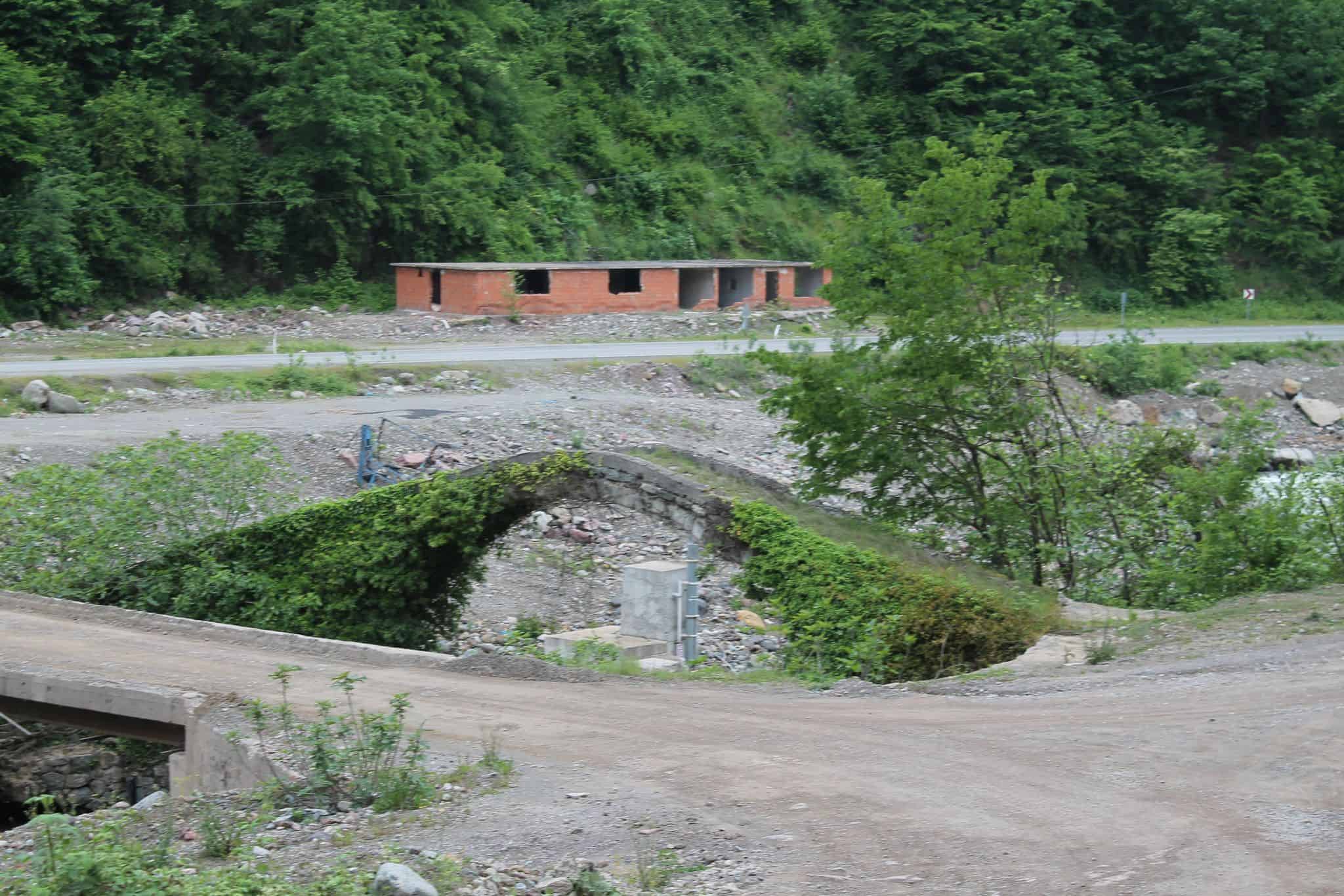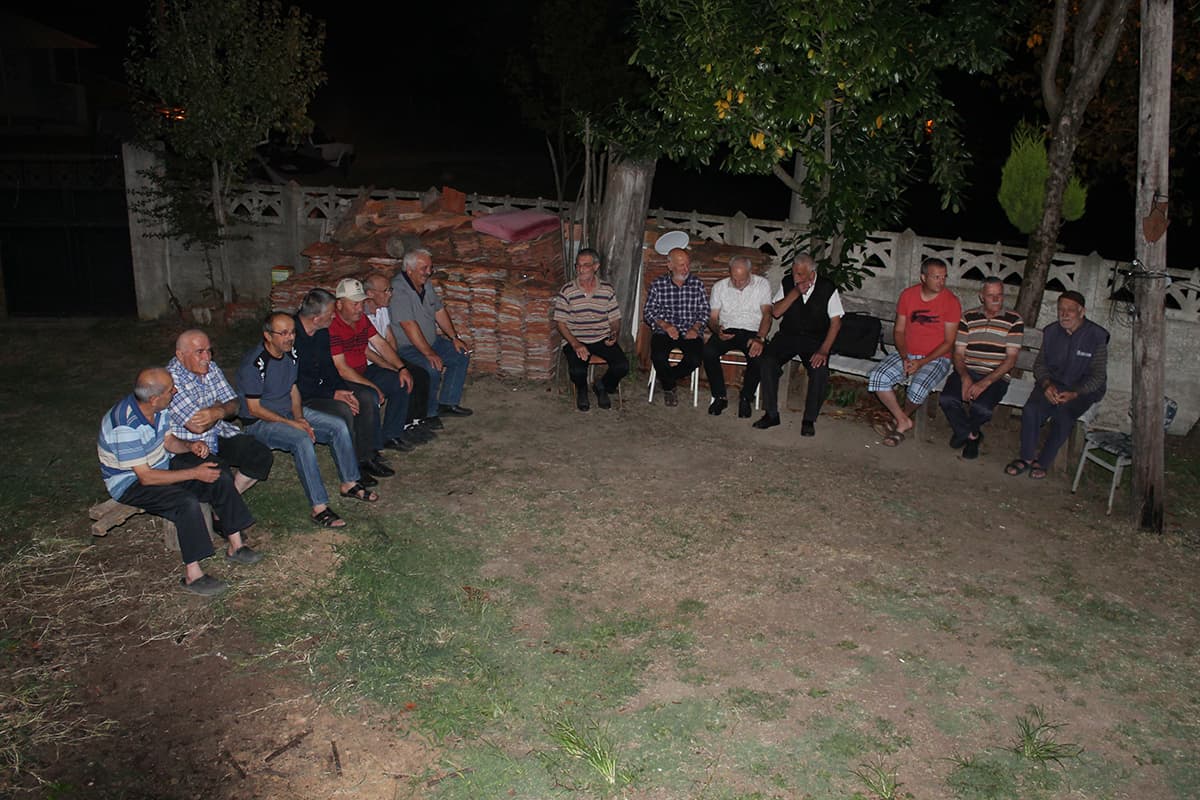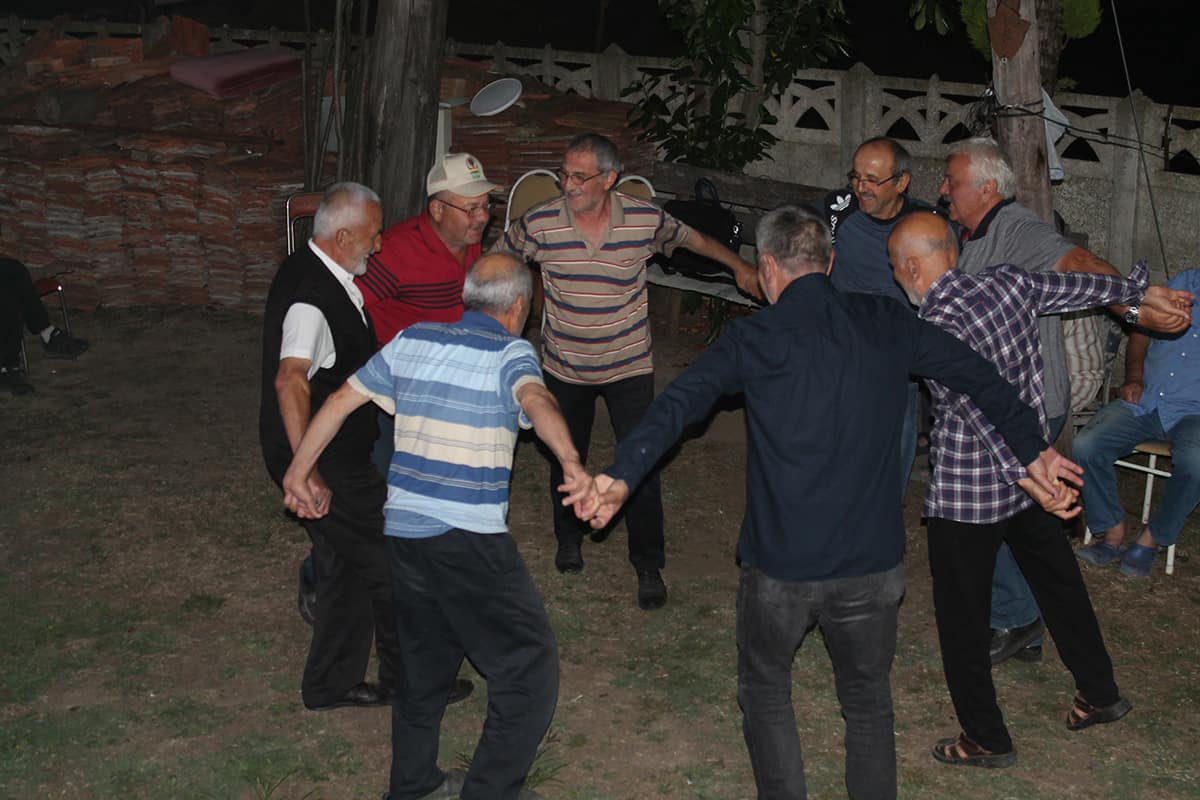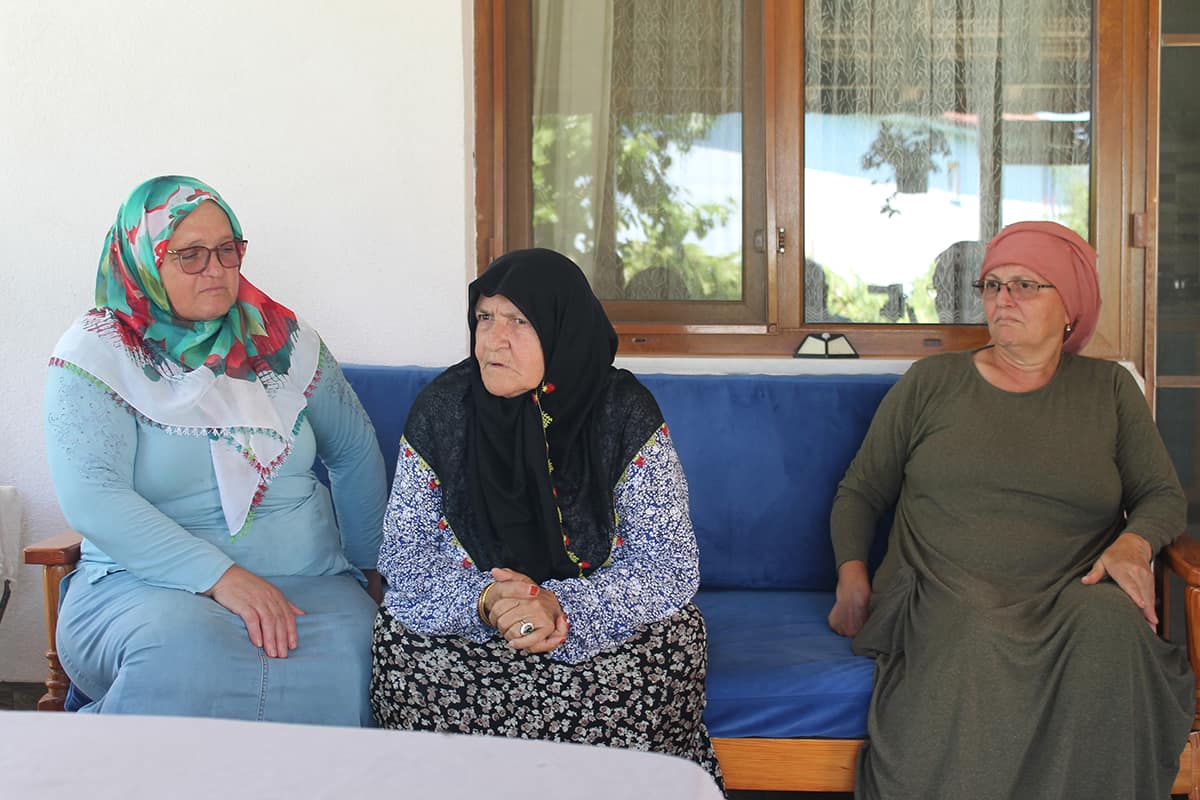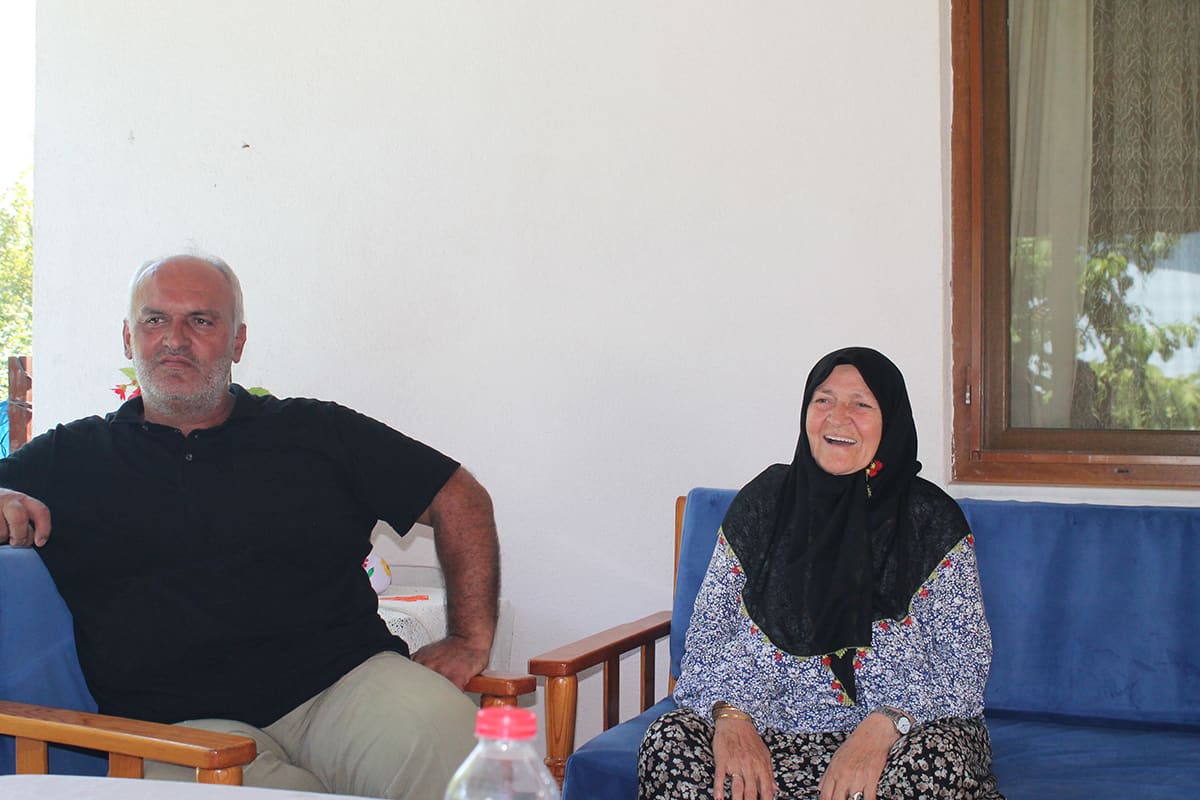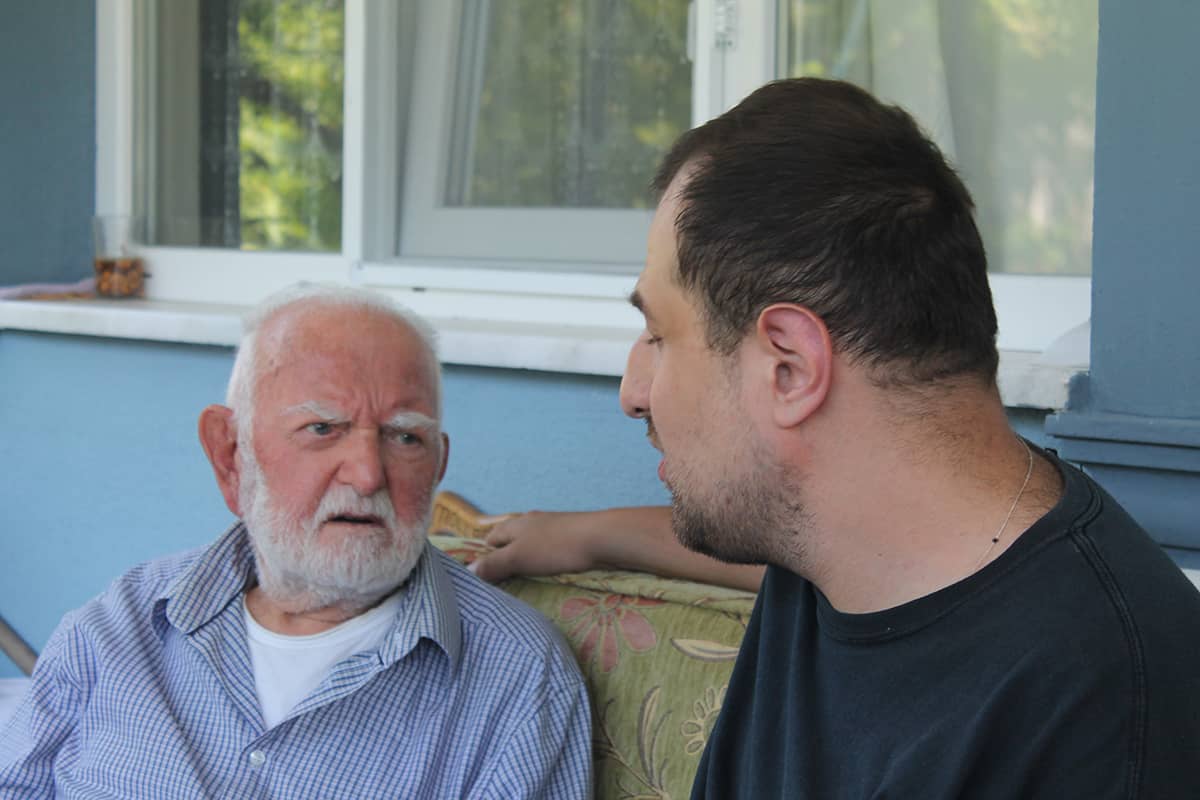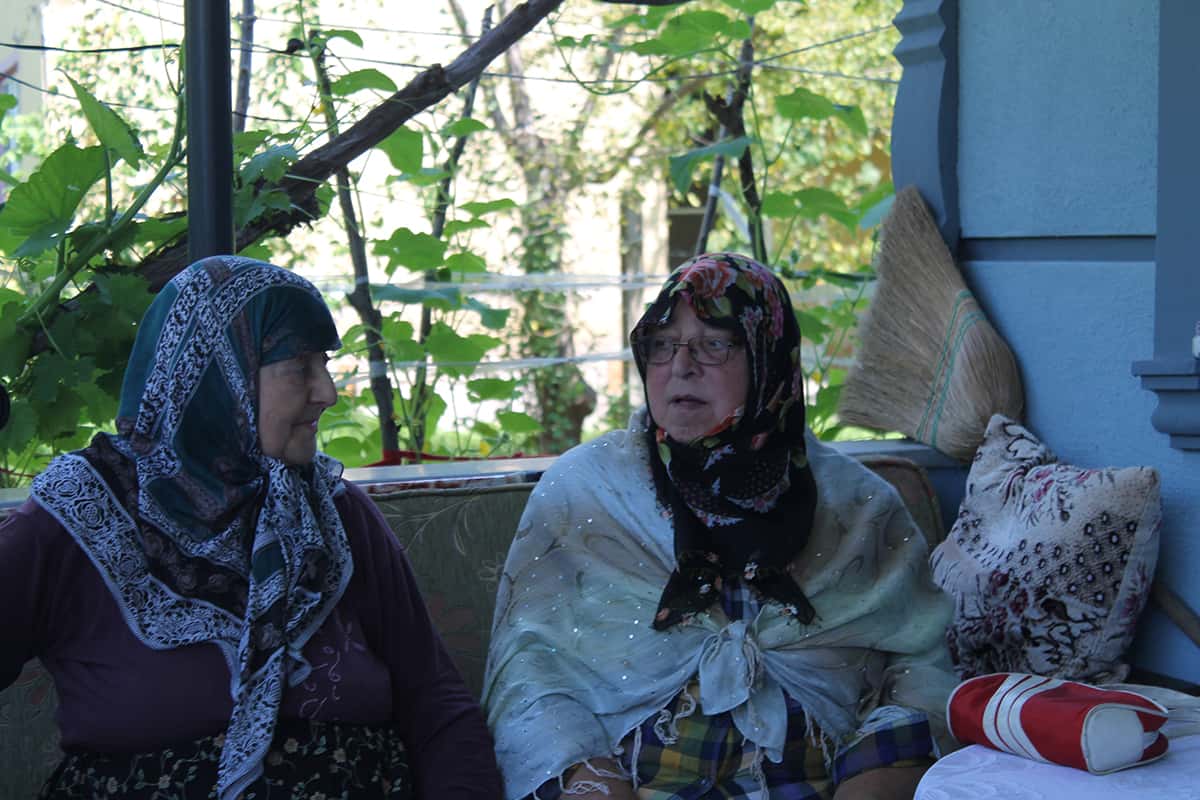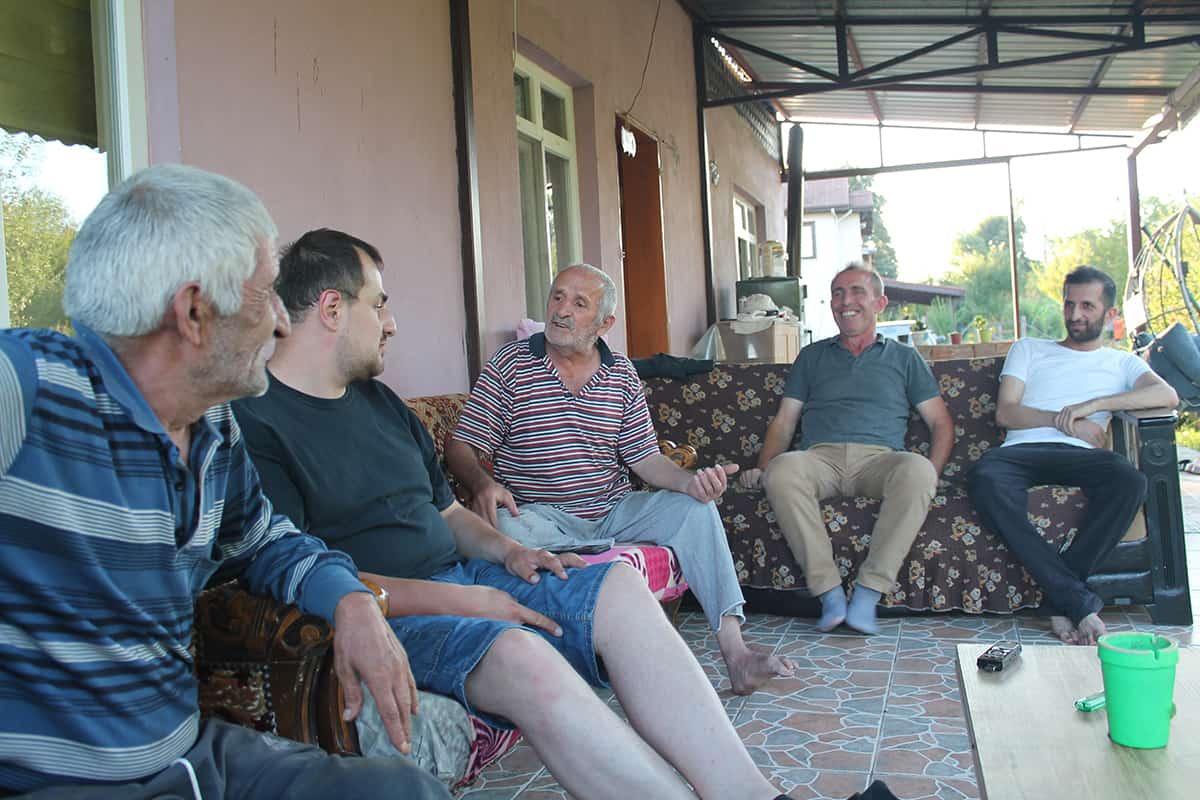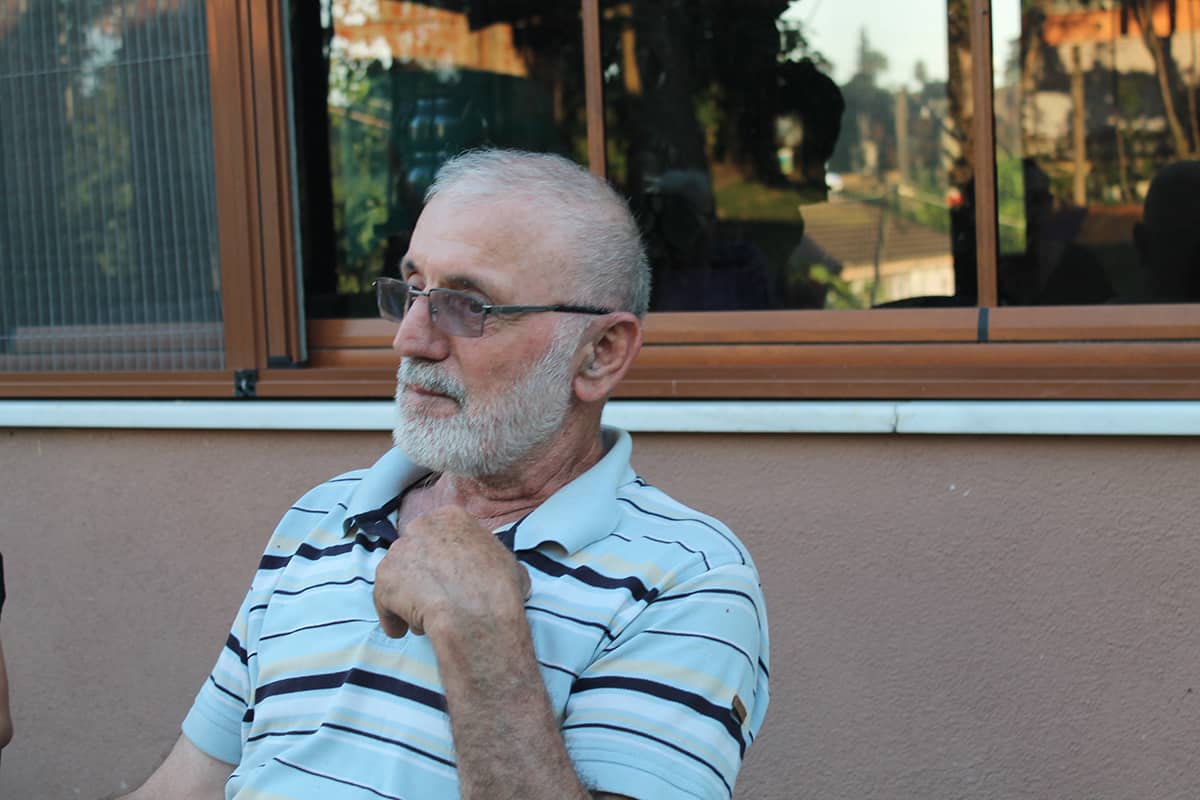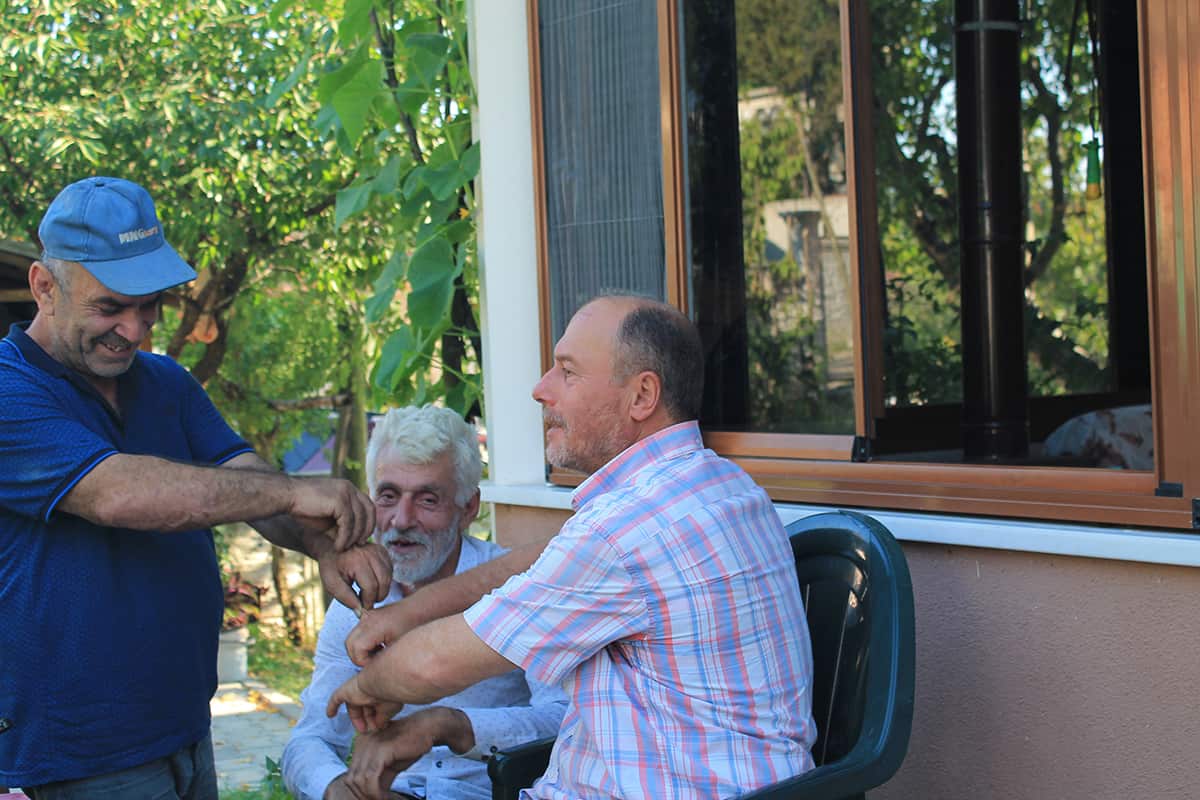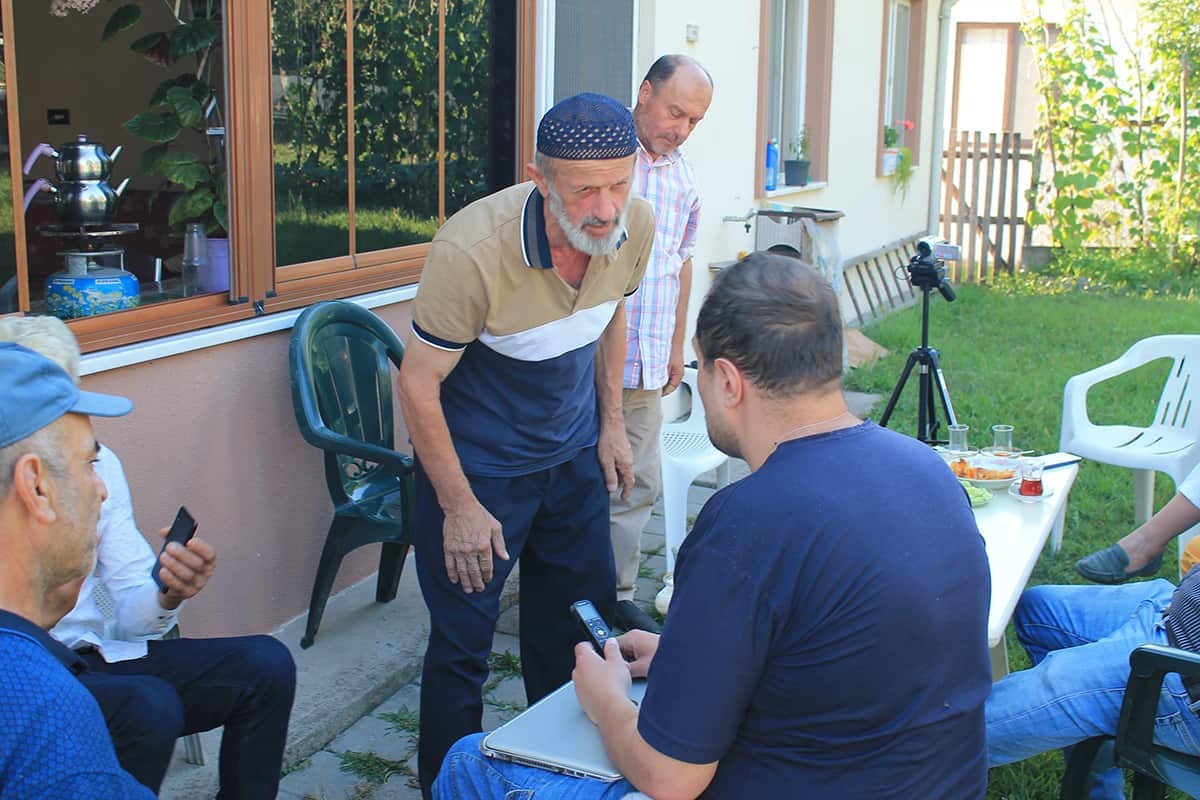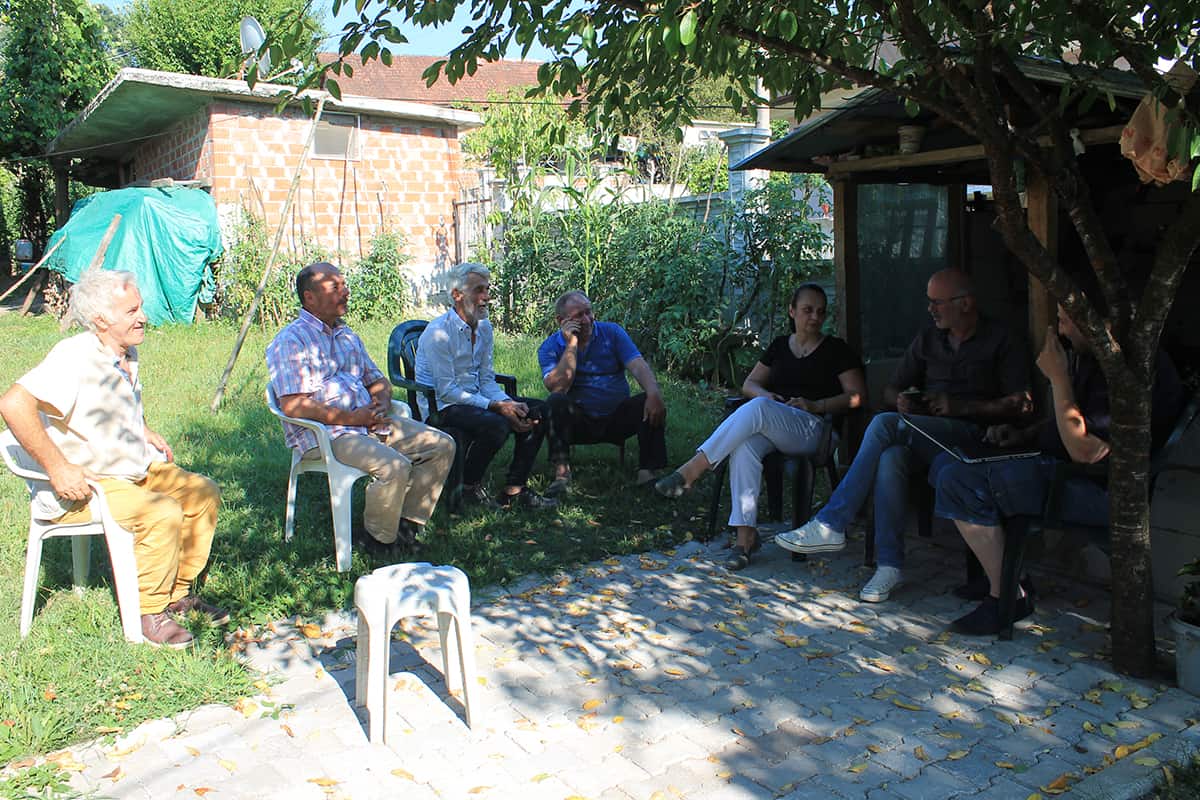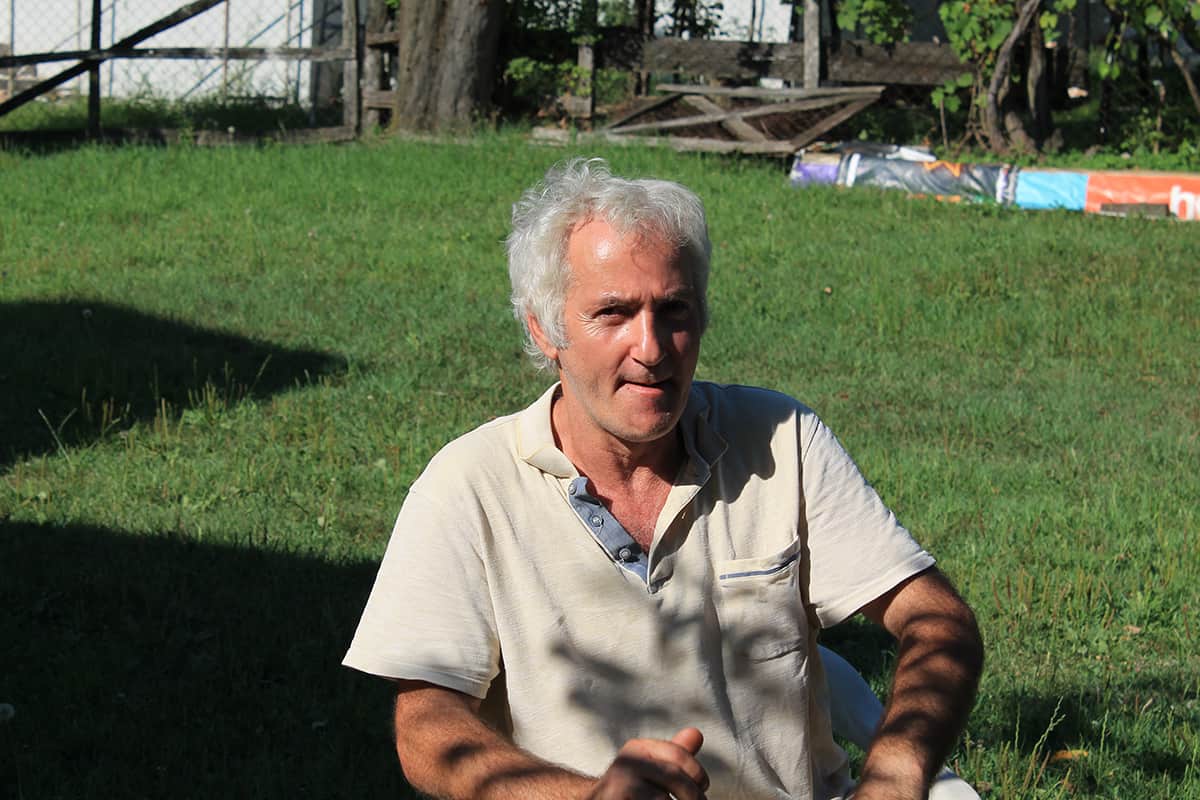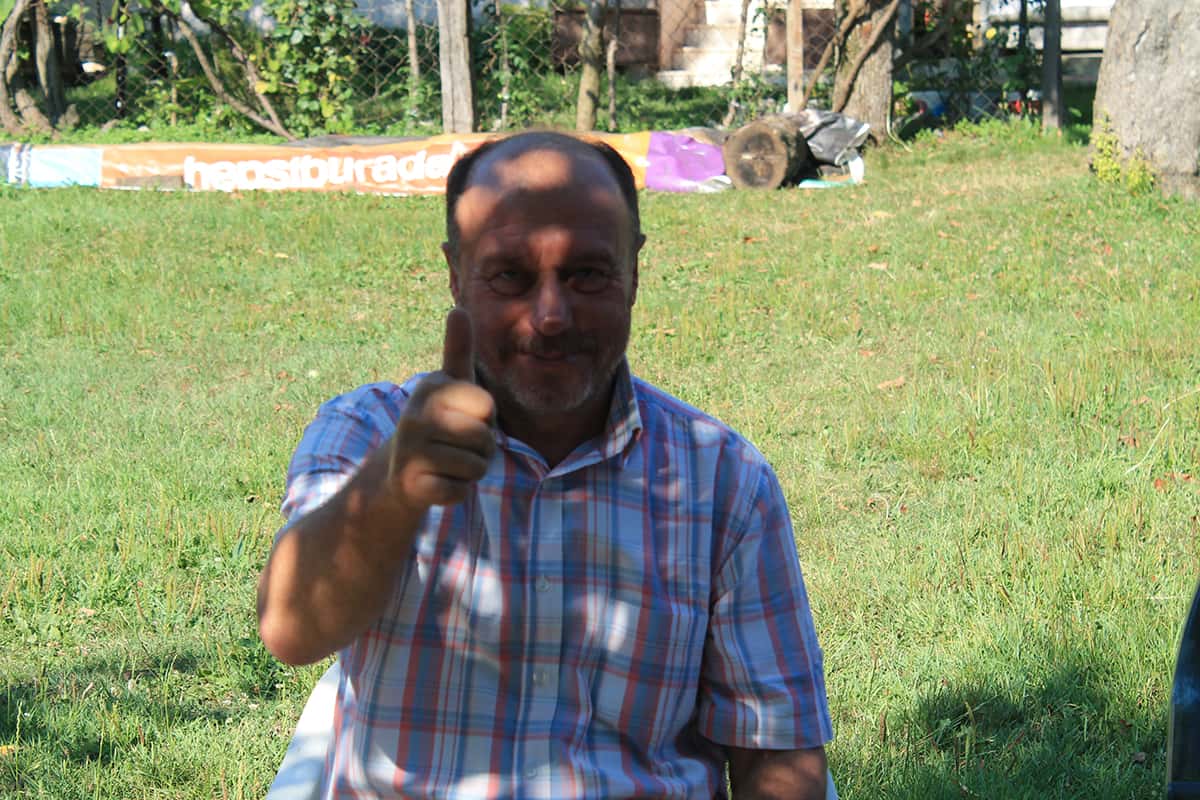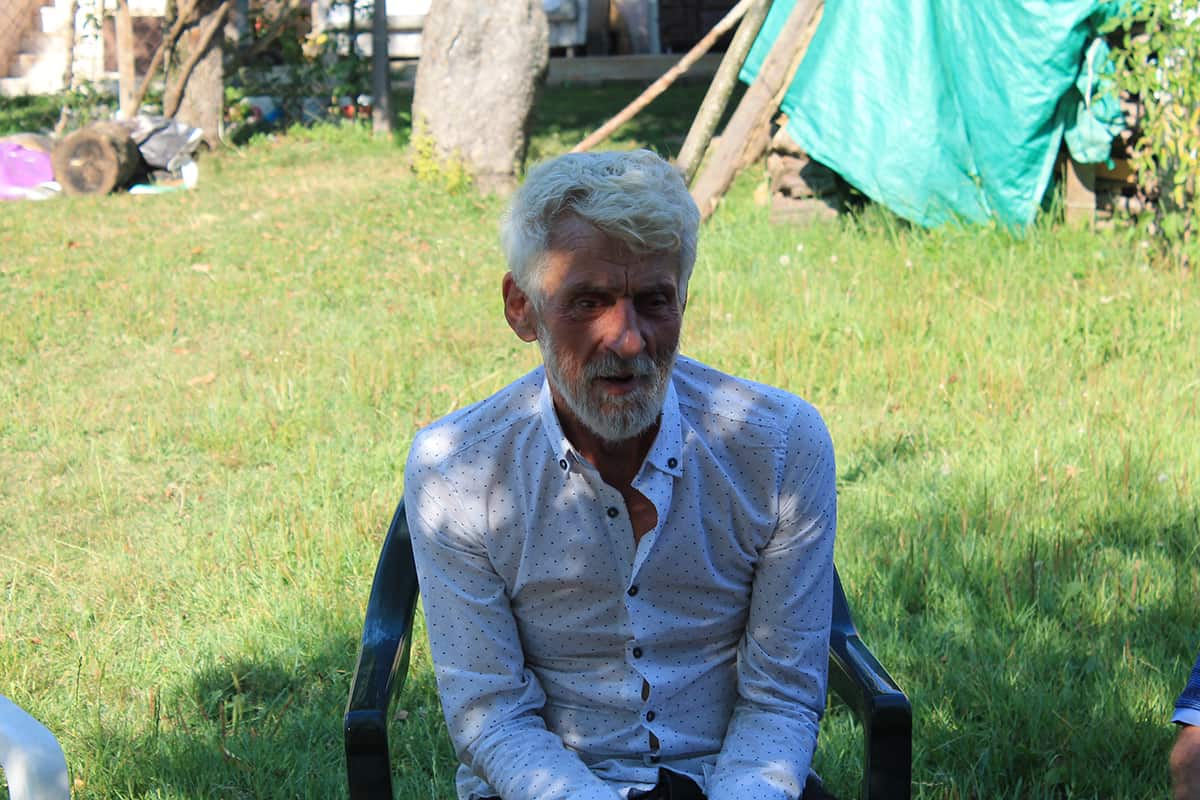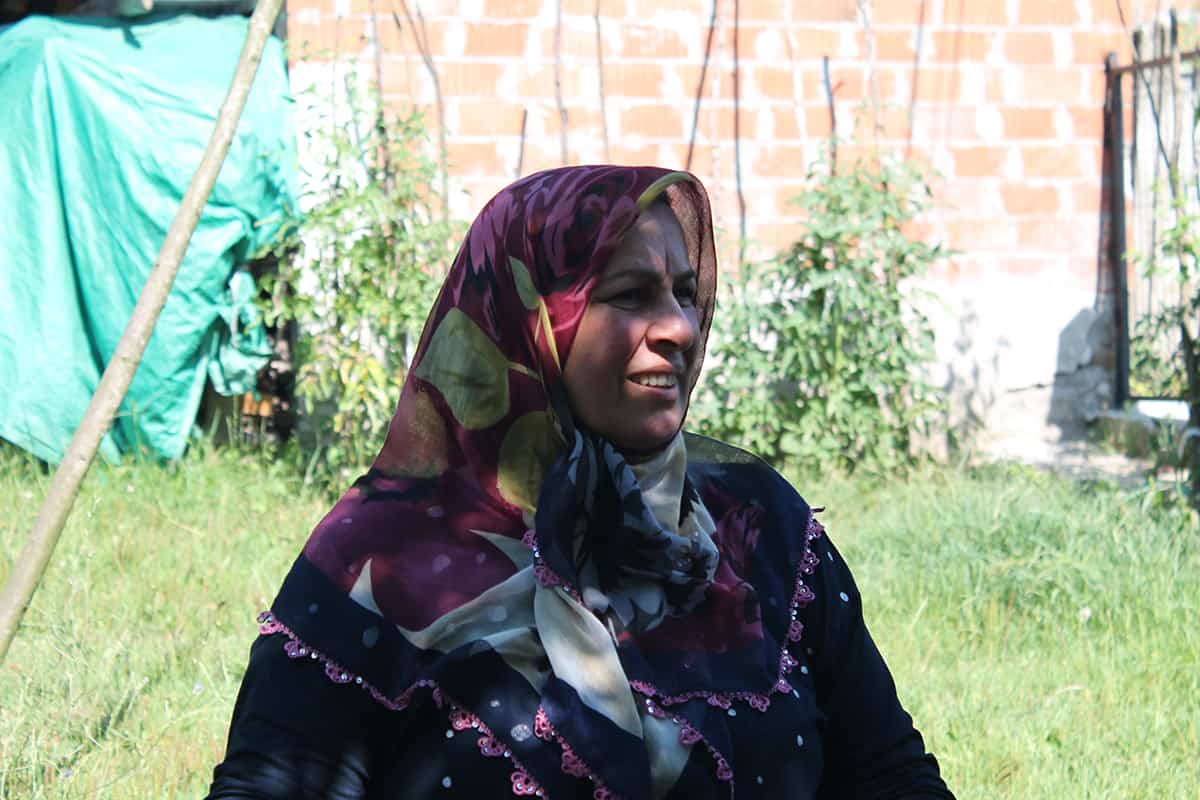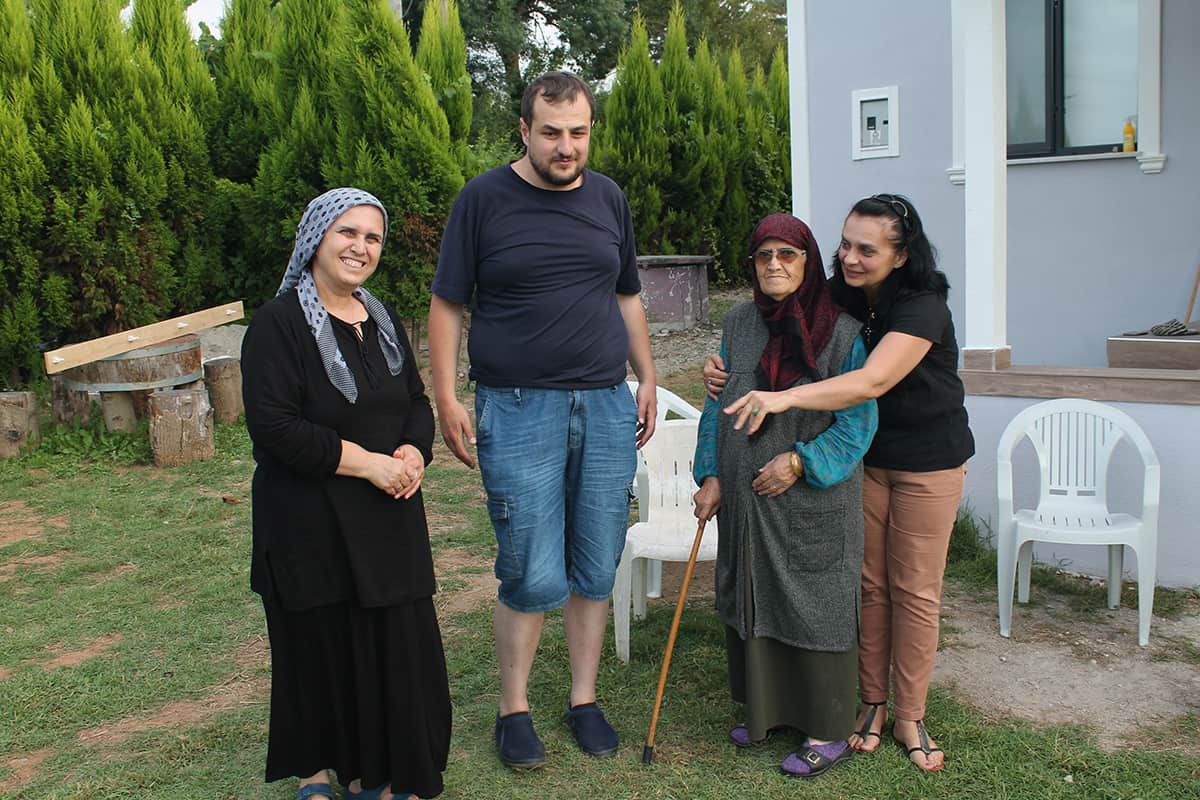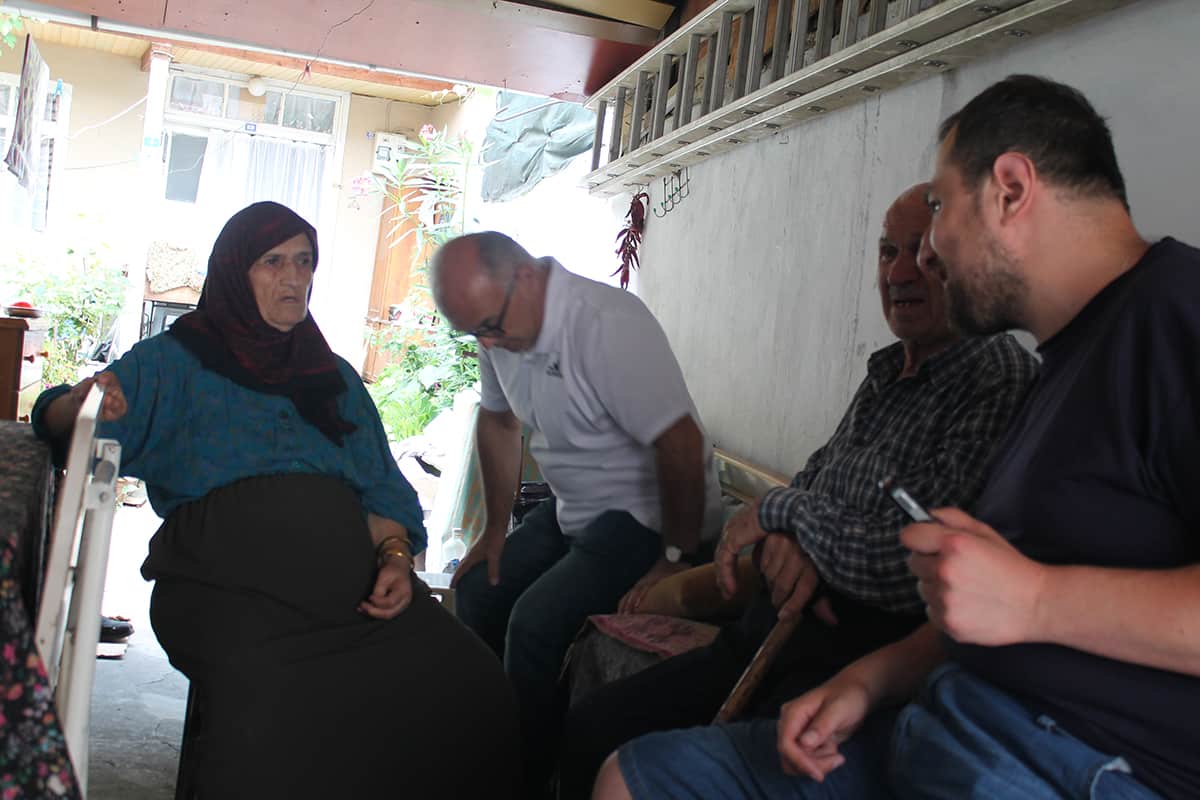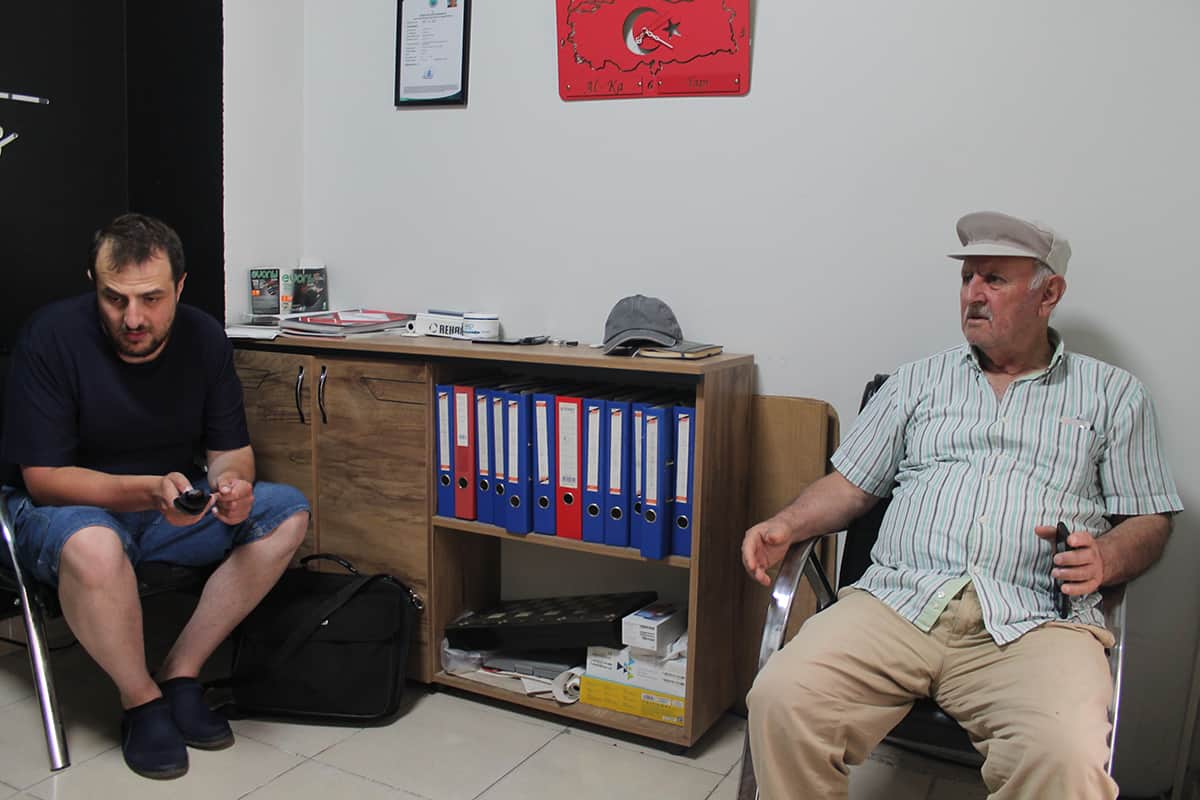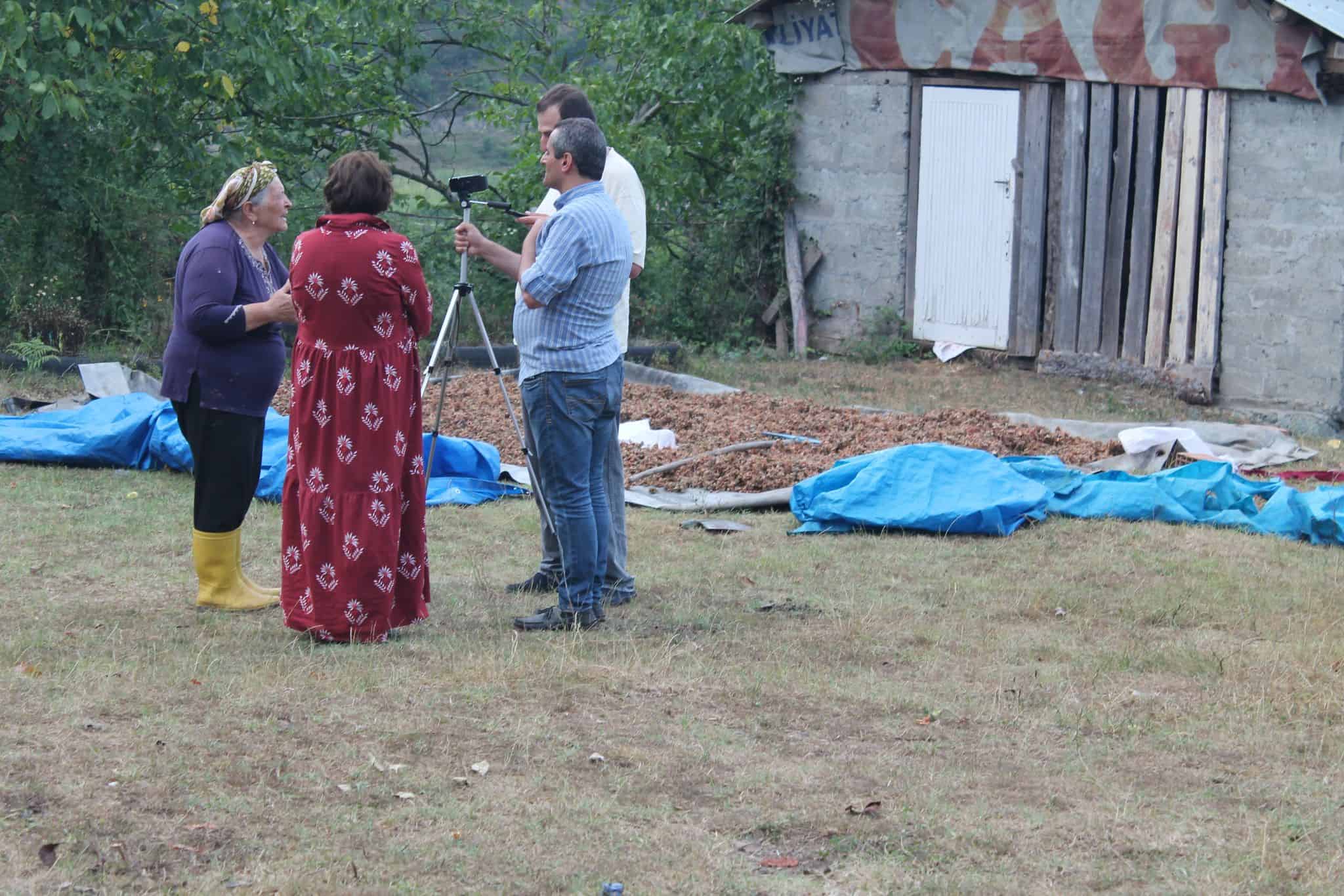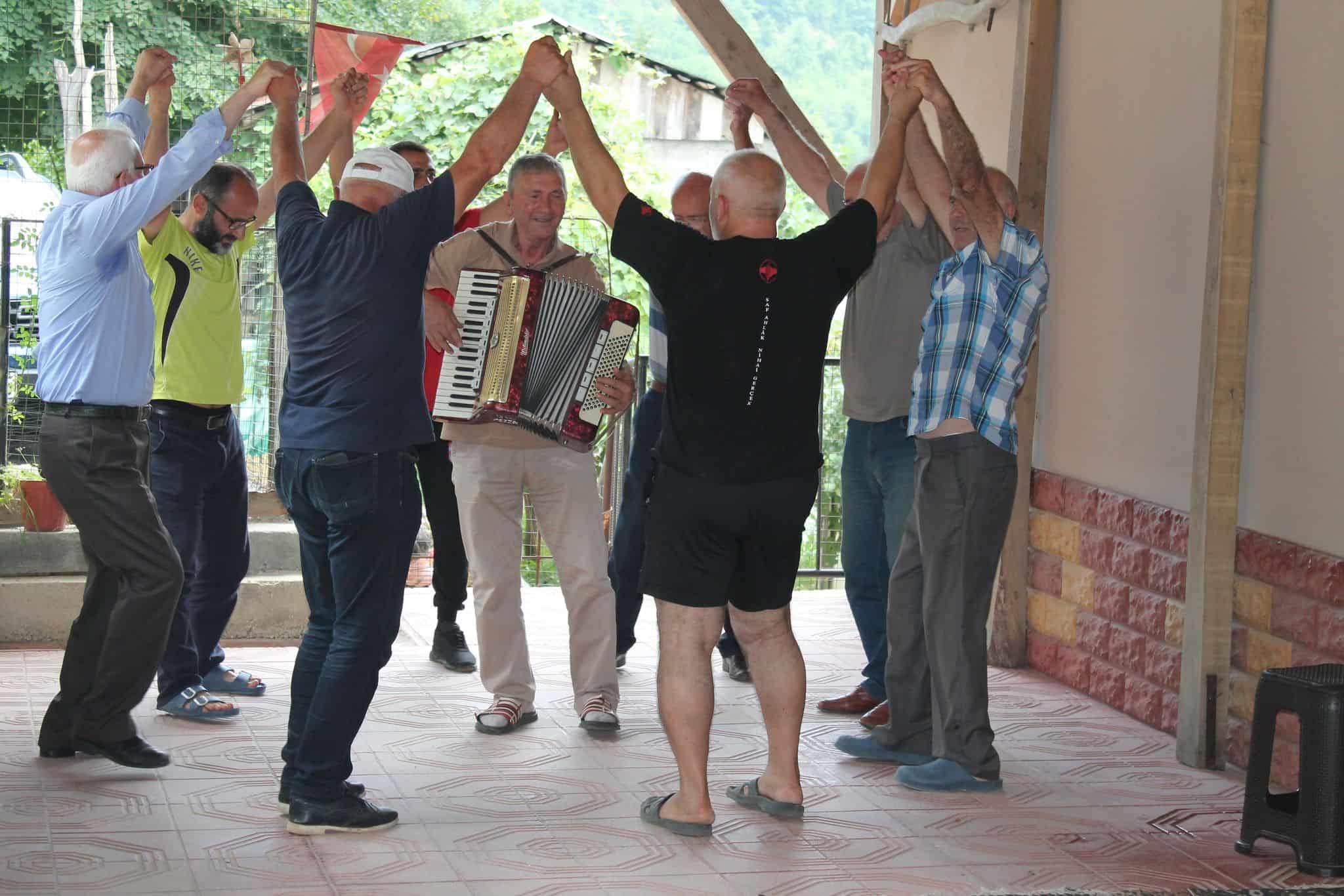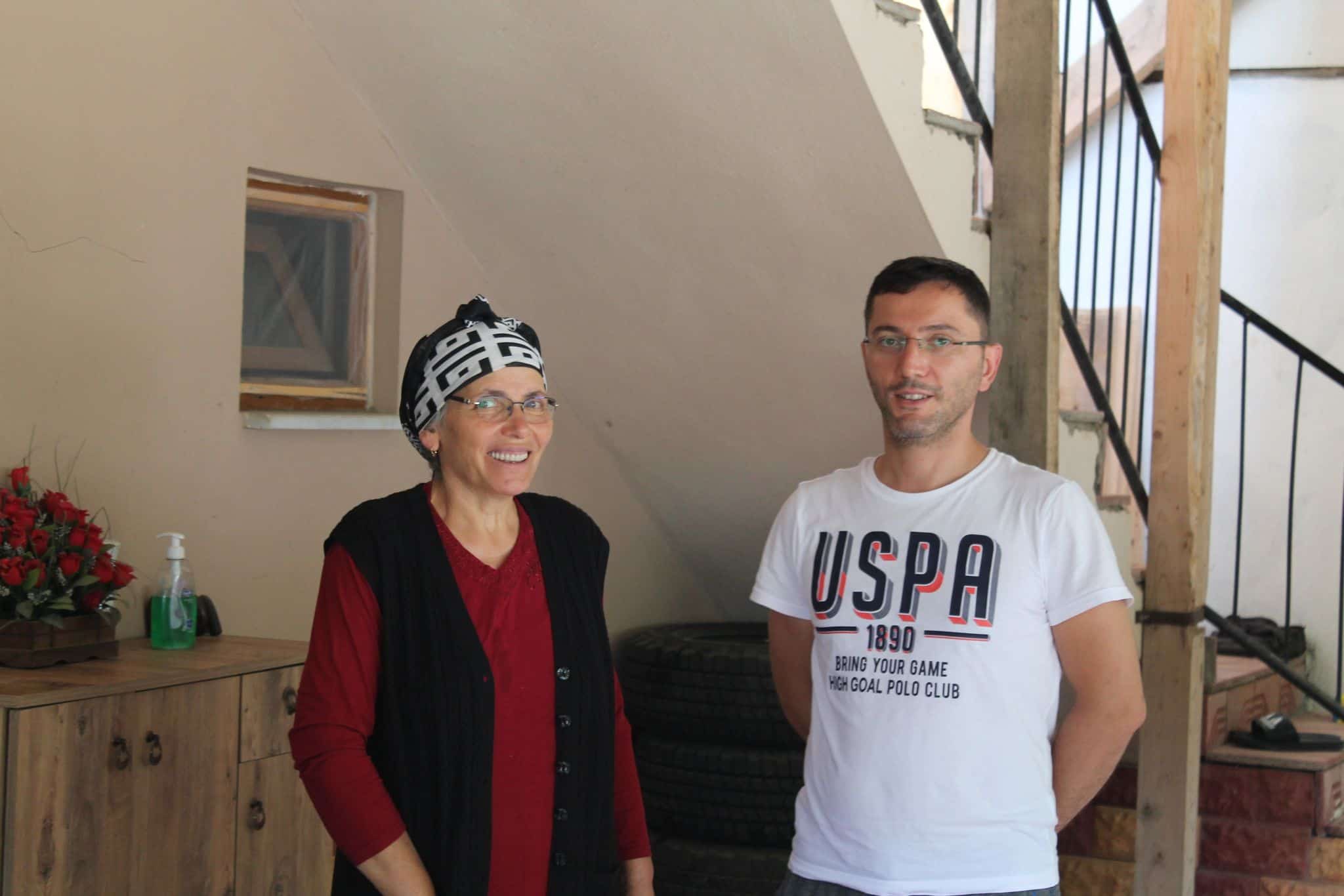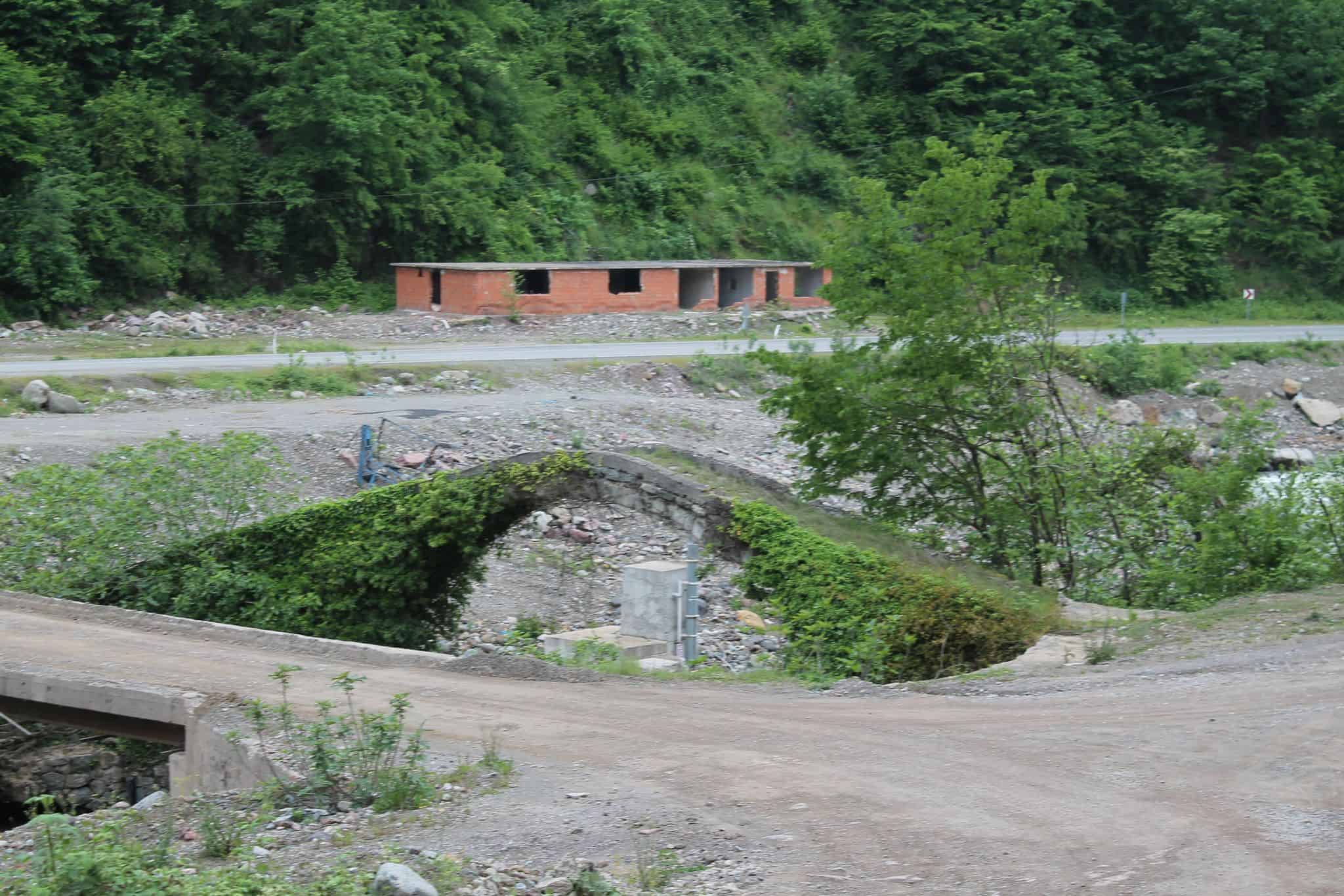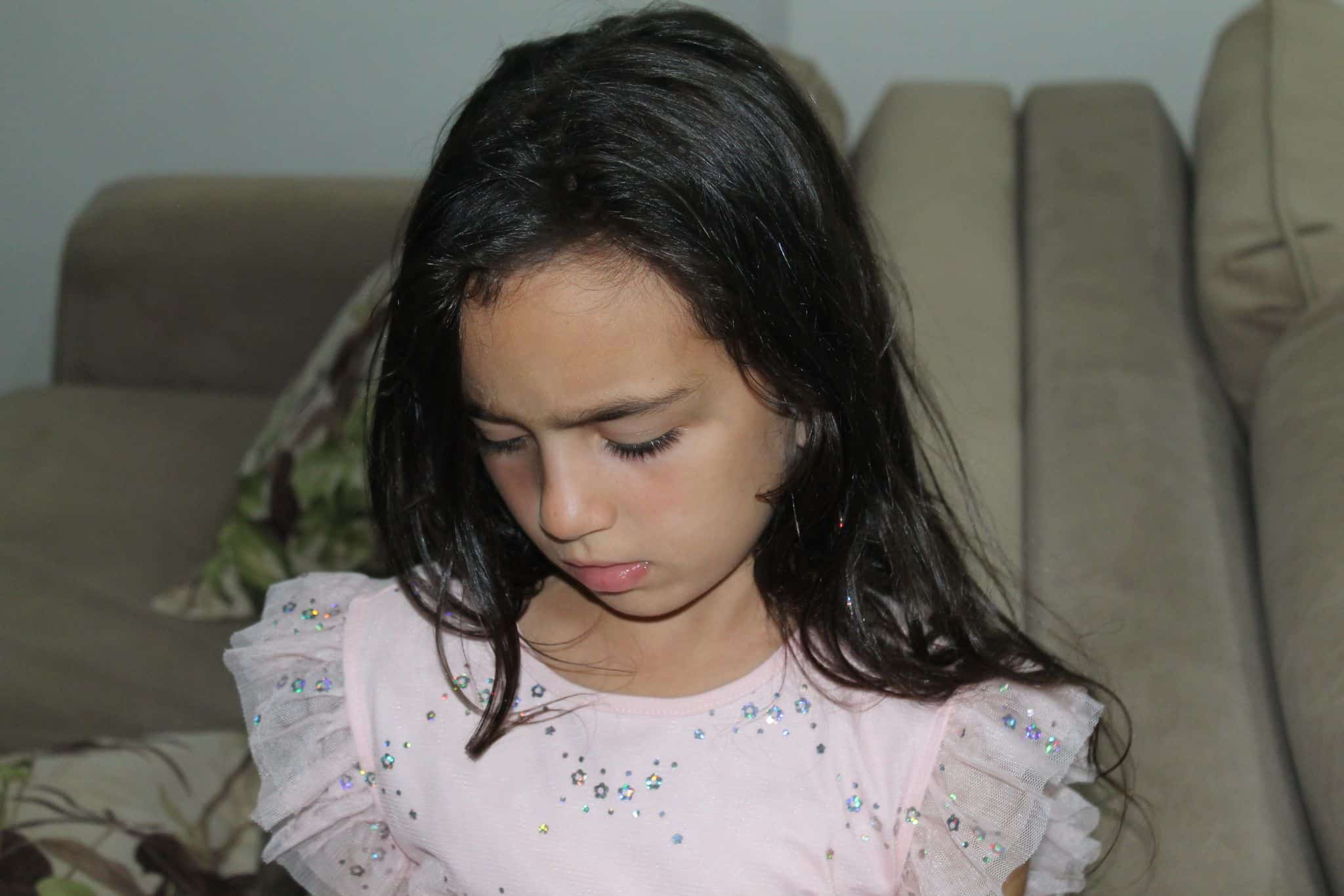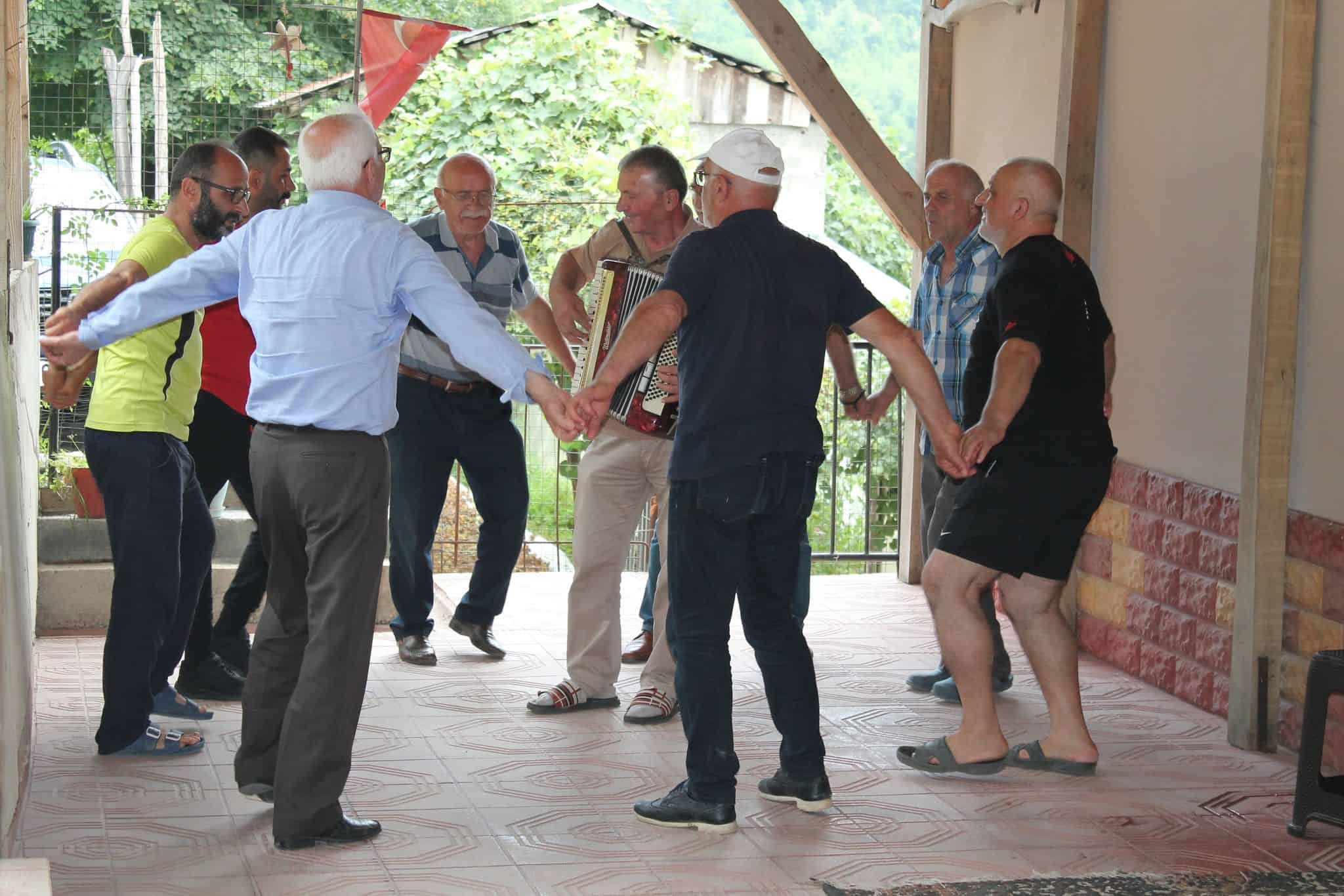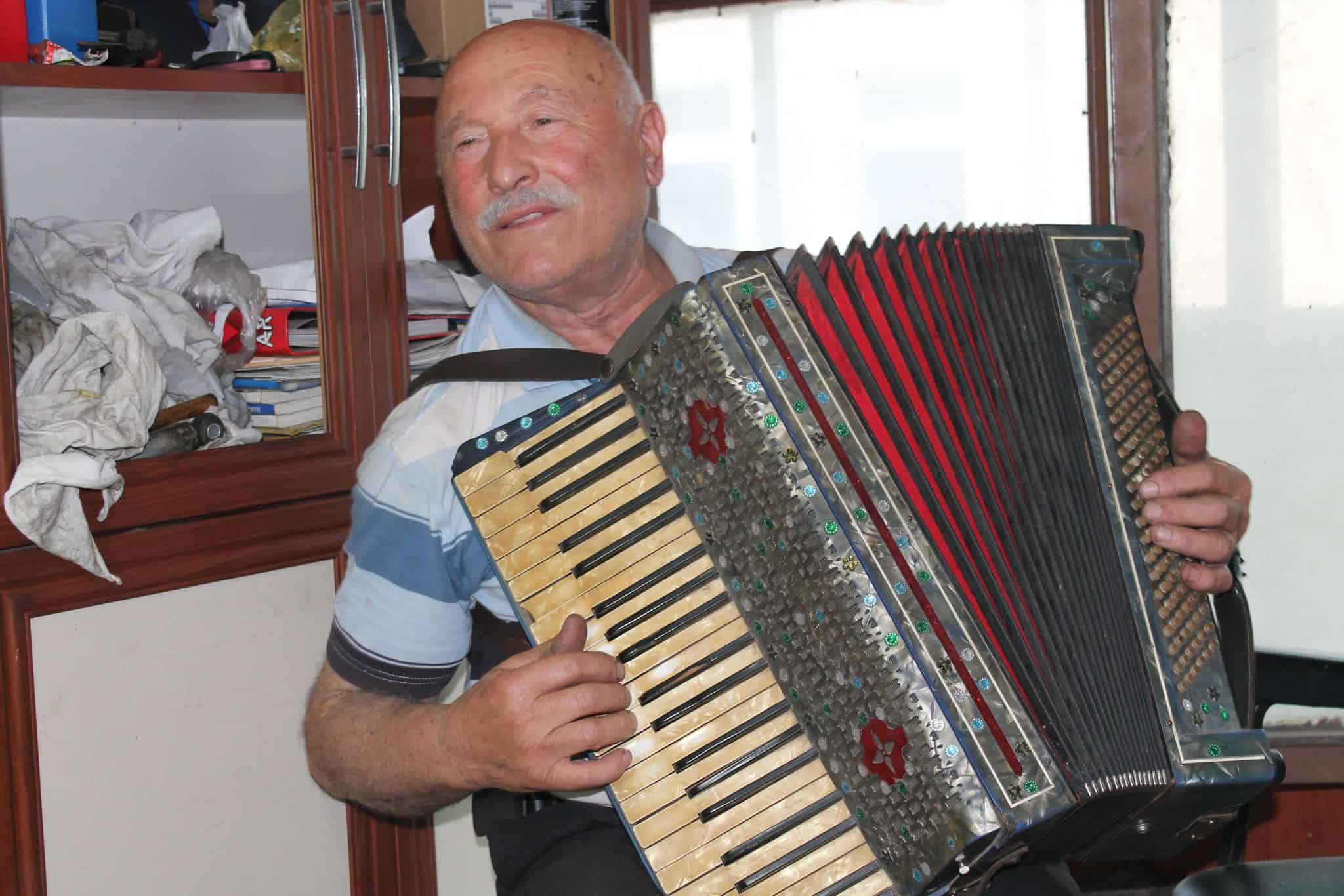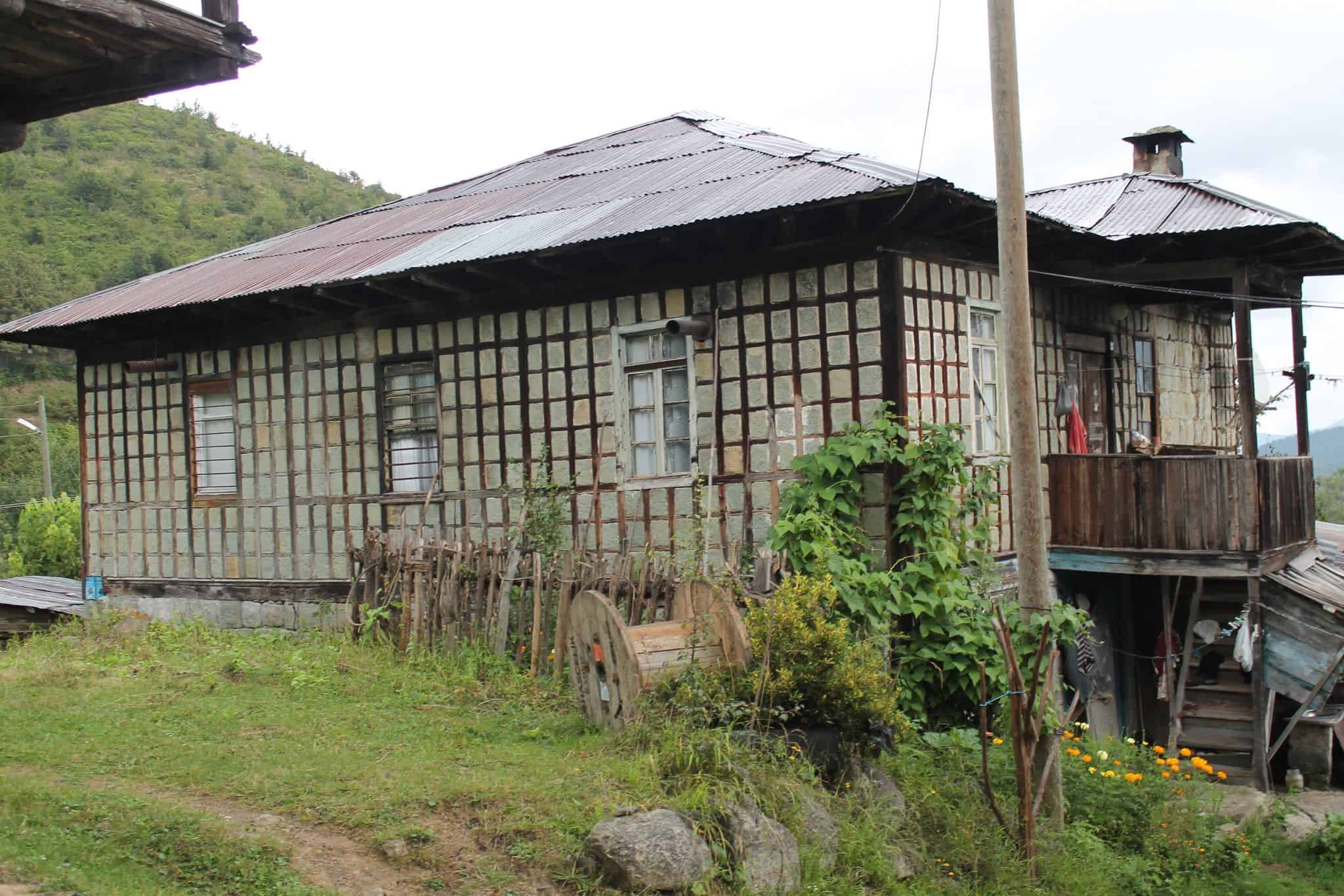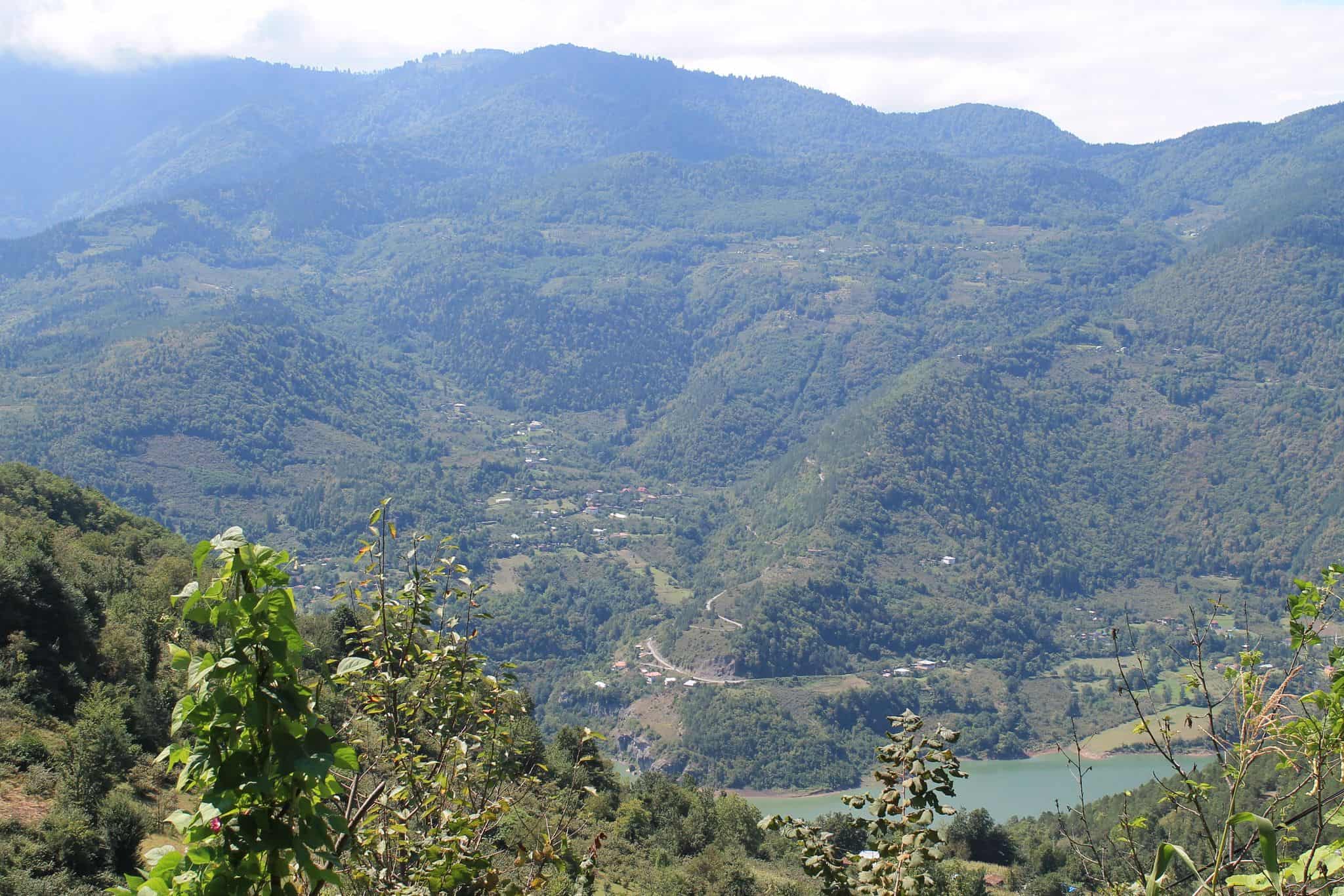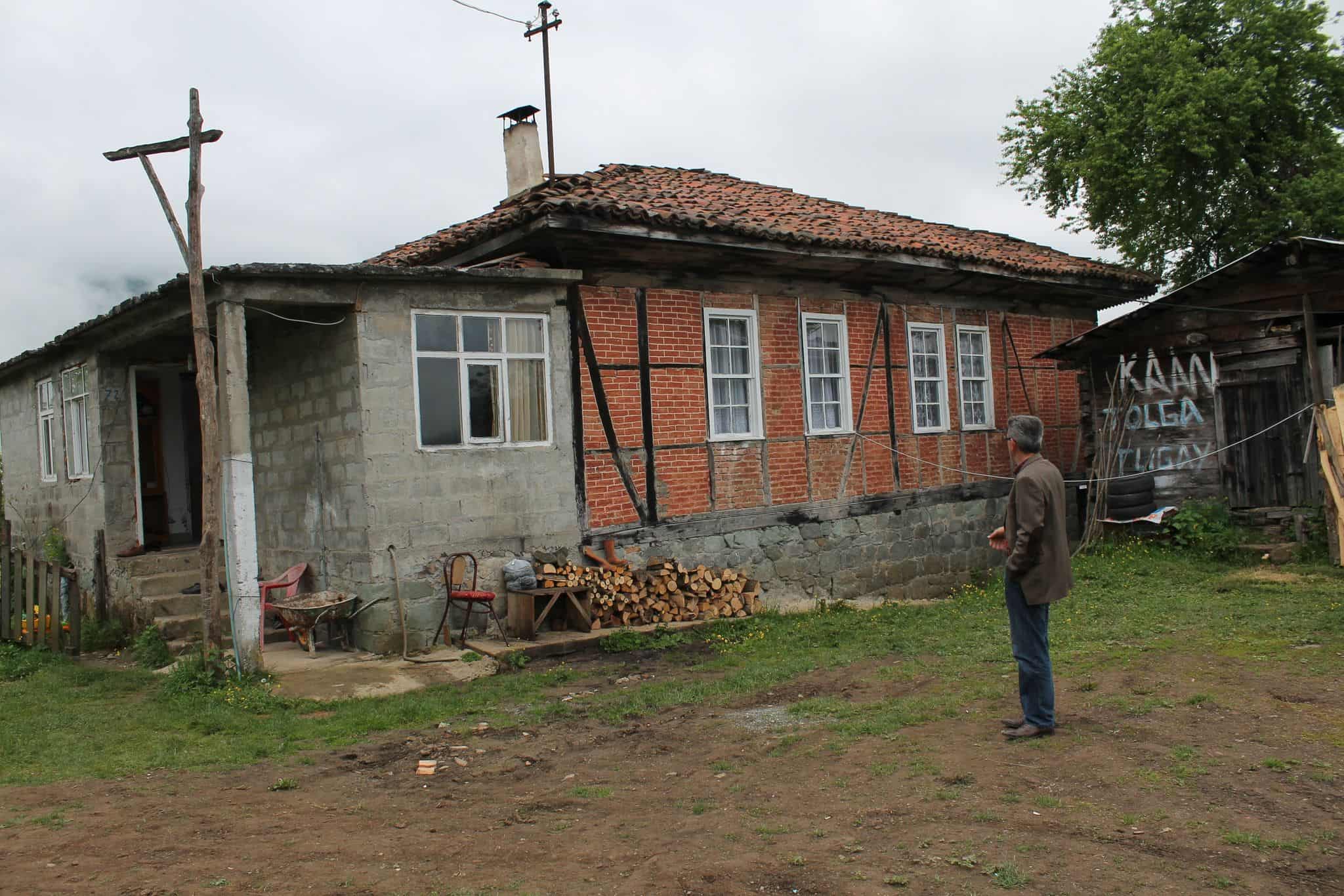Largeti is one of the regions of historical south-western Georgia, a part of historical Meskheti.
There is a distinction between a narrow and a broad understanding of Klarjeti. In a broad sense, Klarjeti is the area from the sea to Mount Arsian, that is, Chaneti and the entire Chorokhi basin, and in a narrow sense, it is from Adjariskali to Arsian and includes: Liman, Adjara, Machakhela, Shavsheti and Artanuj. Tukharis Castle is the oldest center of Klarjeti. Klarjeti was ruled by Eristavi, the king of Kartli, whose residence must have been Artanuji Castle from the second half of the 5th century. King Vakhtang Gorgasal (5th century) started extensive cultural and construction activities here: he built churches and monasteries, founded a new episcopate (center in Akhiza). At the same time, Klarjet became a springboard for the fight against Iranian aggression. In the 8th century, the royal dynasty of Bagrations was established here. At the beginning of the 9th century, King Ashot I restored and settled the area devastated by Arab campaigns and epidemics, and at the same time, extensive monastic construction began here under the leadership of Grigol Khandzteli. In the 11th-13th centuries, cultural and educational activities spread widely in Klarjeti. It was famous for its churches-monasteries, which were called twelve deserts of Klarjeti ("twelve deserts"). In the 16th century, Klarjeti was captured by the Ottomans along with other parts of South Georgia. It was part of the Democratic Republic of Georgia in 1918-1921. Since 1921, it is still within the borders of Turkey [1].

